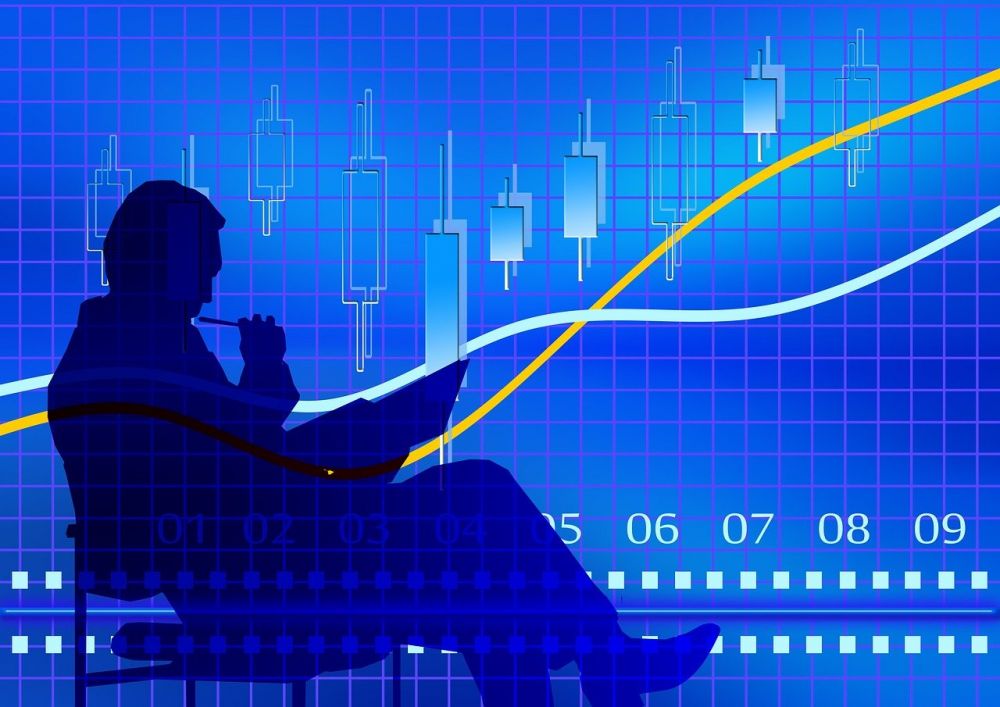Day Trader: A Comprehensive Guide to Successful Trading

Introduction
Day trading has emerged as a popular investment strategy, attracting individuals who seek to profit from short-term fluctuations in the financial markets. This article aims to provide a thorough overview of day trading, exploring what it entails, the different types of day traders, popular strategies, and the quantitative measures associated with this trading style. Additionally, we will delve into the variations among day traders, examine their historical pros and cons, and conclude with insights for private individuals considering day trading as an investment approach.
What is Day Trading?

Day trading refers to the practice of buying and selling financial assets within the same trading day, aiming to profit from short-term price movements. Unlike long-term investors who hold positions for weeks, months, or even years, day traders seek to capitalize on intraday price fluctuations, taking advantage of fluctuations in the market.
Types of Day Traders
1. Scalpers: Scalpers are day traders who execute numerous trades within a day, frequently profiting from small price movements. They tend to seek high liquidity assets and rely on technical analysis indicators to identify short-term trends.
2. Momentum Traders: Momentum traders focus on stocks that show significant price movements or have strong short-term momentum. They aim to ride these price waves, entering positions as the momentum builds and exiting when it weakens.
3. Breakout Traders: Breakout traders look to enter positions when a stock breaks out of a defined price range or breaches a significant resistance or support level. They utilize technical indicators and chart patterns to spot potential breakouts.
4. Market-Maker Traders: Market-maker traders provide liquidity to the market by placing both buy and sell orders, profiting from the bid-ask spread. They play a crucial role in ensuring continuous trading activity and narrowing spreads.
Quantitative Measures of Day Trading
1. Win-Loss Ratio: The win-loss ratio calculates the percentage of profitable trades compared to losing ones. A higher ratio indicates greater trading proficiency.
2. Average Return per Trade: This measure calculates the average profit or loss per trade, indicating the effectiveness of a day trader’s strategy.
3. Sharpe Ratio: The Sharpe ratio measures the risk-adjusted returns of a trading strategy, considering the volatility of returns. A higher ratio implies better risk management and trading performance.
4. Trading Volume: Trading volume represents the number of shares or contracts traded within a specific period. Higher trading volume allows for easier entry and exit into positions.
Differentiating Day Traders
While all day traders share the common goal of capitalizing on short-term price movements, they differ in their approaches, strategies, risk tolerance, and time commitment. These differences result in varying decision-making processes and trading styles.
1. Risk Tolerance: Some day traders are comfortable taking on higher risks, actively engaging in speculative trading strategies, while others prefer more conservative approaches.
2. Trading Time Frame: Day traders differ in the duration for which they hold positions. Scalpers typically hold positions for seconds to minutes, while swing traders may hold positions for several hours within a trading day.
3. Trading Style: Various day trading styles, such as trend following, contrarian, or pattern recognition, differ in their strategy and approach to the market.
Historical Pros and Cons of Day Trading
1. Pros of Day Trading:
– Potential for high returns in a short time frame
– Flexibility to work from anywhere with an internet connection
– No overnight exposure to market risks
– Independence from traditional employment
2. Cons of Day Trading:
– High risk due to short-term volatility
– Psychological challenges associated with managing emotions and stress
– Requires significant time commitment for research and monitoring
– Costs associated with trading fees and technology infrastructure
Conclusion
Day trading offers an opportunity for individuals to actively participate in the financial markets, seeking profits from short-term price movements. By understanding the different types of day traders, quantitative measures, variations in trading approaches, and historical advantages and disadvantages, private individuals can make informed decisions when considering day trading. It is essential to develop a robust trading strategy, manage risks effectively, and continuously adapt to market conditions to achieve success in day trading.
















































